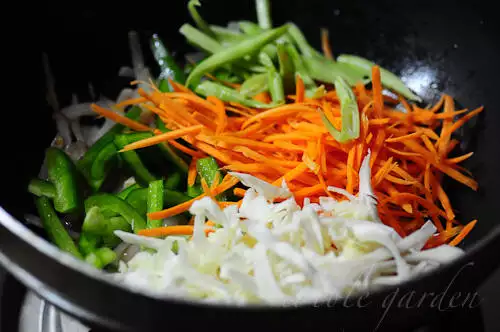But does that mean till then you end up with half baked or half cooked dishes? Not necessarily. There are really simple Indian dishes that anyone can try and make taste good with minimum effort.
Here are some quick facts about Indian Cooking.
– Indian cuisine can be broadly divided into North Indian and South Indian cooking, each distinct in flavour, spices uses, cooking style and main ingredients.
– It’s always aimed at being healthy and well-balanced. Traditionally, all ingredients were used fresh and this increased the health quotient.
– Indian cooking uses ingredients like ginger, garlic, turmeric, green chillies, etc which are said to have medicinal properties. These are crushed and added to the dishes so that the essence and flavour is imbibed into the dish in the right amount.
– Most of the cooking methods in India are such that they retain the nutrients of the fruit or vegetable. This is mostly still practised but lack of time might have made some minor changes to this today.
– The vessels used for cooking also make an impact on the final cooking. Traditionally, food was prepared in heavy bottomed iron woks (known as kadai in Hindi). In this vessel, not too much oil or water was required to bring out the flavours of the spices. Food mostly cooked in its own juices under continuous stirring.
In the coming weeks, we will see more of basic Indian cooking techniques, recipes, utensils, FAQs, etc. If you have any feedback or would like to write a guest post, do leave a comment and I will be happy to get back to you.


Nice research nags so good..
A very good post, Nags. Indian Cooking really is misinterpreted a lot. Its generally thought to be very oily or very spicy. But it has a lot more to it than just that. We have so much variety in terms of the spices, herbs, vegetables, lentils, flatbreads, rice & so on.
Looking forward to the next one in this series 🙂